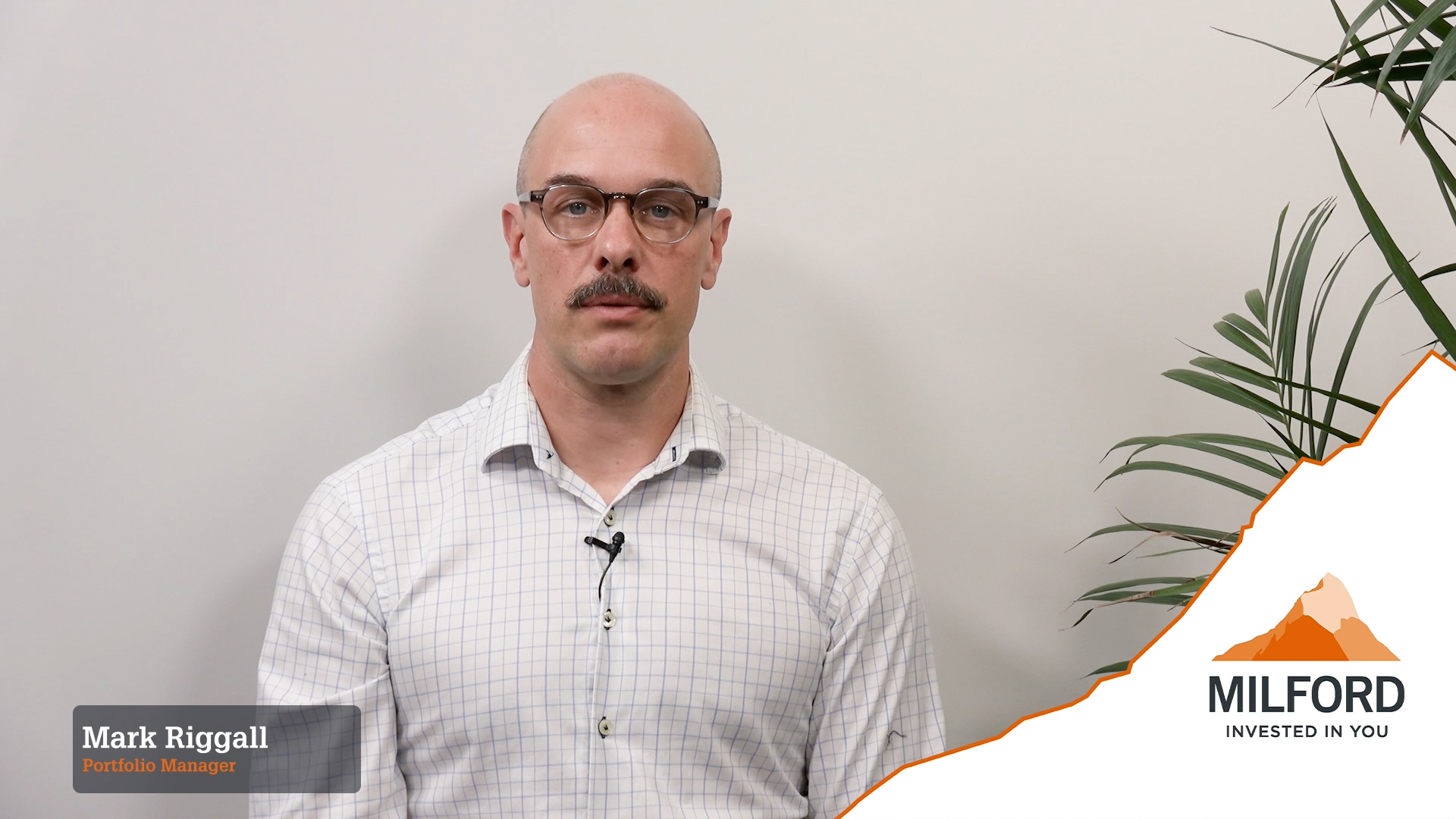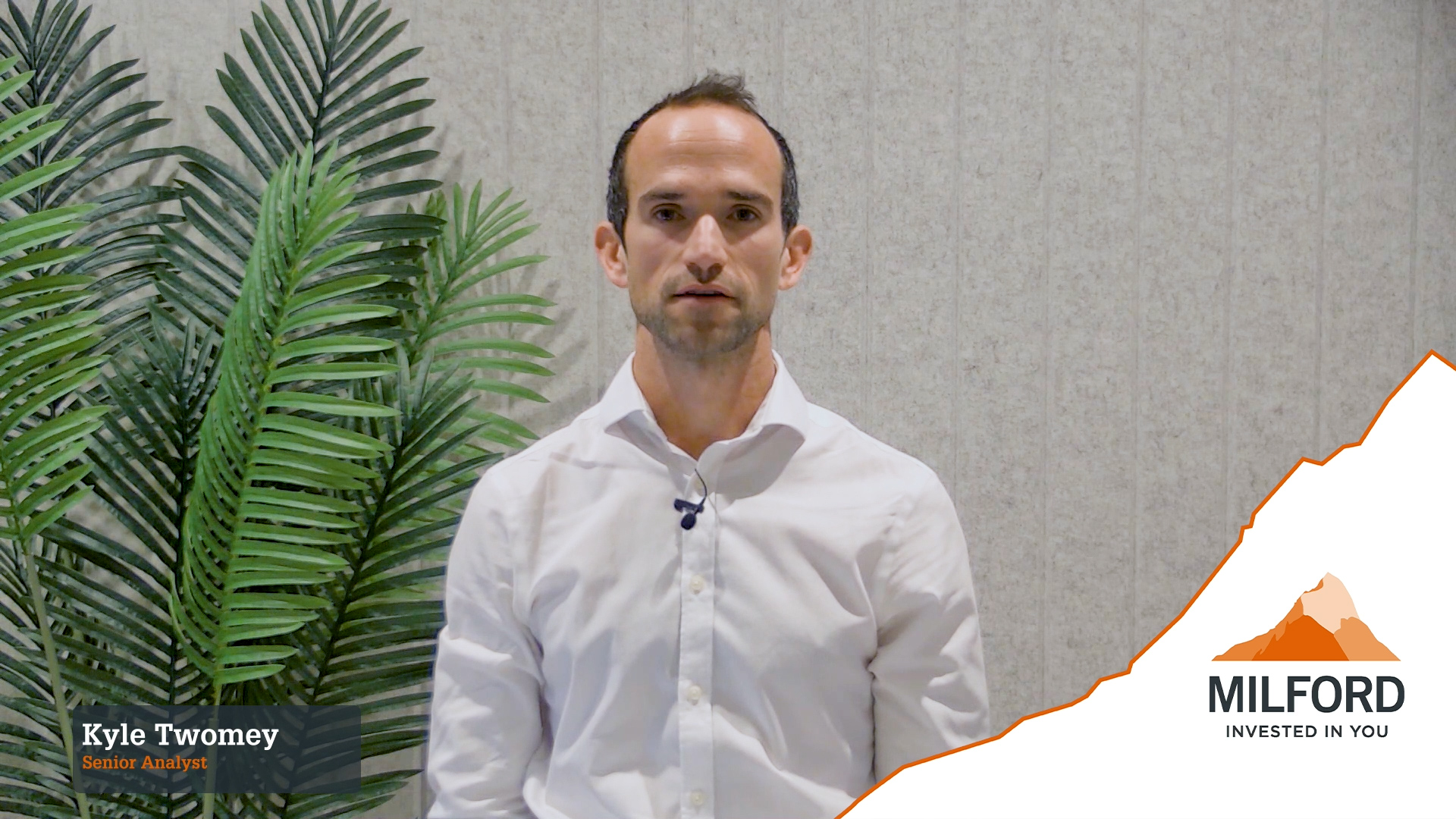How can you improve your investing outcomes? By ensuring your investing efforts start with a clear purpose.
Clients often tell me they are investing to “grow their capital”. Which sounds reasonable right?
I would argue that everyone, whether they consciously acknowledge it or not, has a deeper reason for investing than just wanting to grow their capital. Sometimes we just need to be prompted or guided to explore our intentions further as this can involve taking a look at ourselves and our core values. Defining a goal can be critical though, especially when investors are facing heightened emotions brought on by challenging markets.
Connecting your investments to a fundamental goal helps you focus on how a short-term emotional decision could impact on your long-term outcomes. For example, if your goal is saving a certain amount for retirement or children’s education in 10 years’ time, then fluctuations in your investment capital today should not have any lasting impact on achieving your goal in 10 years. Having your defined goal in mind should ultimately help you stay disciplined and drown out the noise of short-term market movements. And regularly reviewing and reminding yourself of your goals helps keep you on track.
Conversely, if you don’t have a clear purpose or goal in mind for your investment portfolio, when faced with volatility in markets, it will be easier for self-doubt to creep in. If you’ve got no defined goal in mind you might wonder if it’s better to just have this money in the bank and accept lower long term returns. Staying invested then becomes a psychological battle that you’re more likely to lose. This can lead to making bad decisions at the worst possible times, and, at worst, selling out short of achieving your goal.
Your goals should be important to you so that they provide the inspiration for you to keep on track and focused. The principles of goal setting teach us goals should be S.M.A.R.T. Specific, Measurable, Achievable, Relevant and Time-based. Expert advisers can work collaboratively with you to set your goals and then coach you to keep you on track on an ongoing basis. Or if you want to go down the DIY path then perhaps some of the following ideas may resonate as a starting point:
- Accumulate enough to buy a property
- Retire or semi-retire early, with enough to do all the things you want to
- Help pay for children’s education
- Leave an inheritance or legacy
- Pay off your mortgage early
- Go on a dream vacation
- To buy a new car or boat
- To fund house renovations
- Feel secure about your finances to enjoy a long, comfortable retirement
- To give to charity or other causes important to you
- Pay for future medical expenses
When it comes to applying this to investing, take your goal and apply a timeframe to it. Add this to your personal tolerance and capacity for risk and suitable investments become apparent. Personally, I have multiple goals with different timeframes and each with its own risk profile. At times even I need to remind myself of my goals and their timeframes which helps ground my emotions during periods of market volatility.
If you trust in the investing process, then setting up the right investment to match your goals and then sticking to the plan will ultimately reap rewards and help you achieve your goal sooner.
I’d encourage any investor to start with a defined goal, no matter what age or stage they’re at in their lives and investing experience. Milford has a team of advisers and digital advice tools to aid in the process of taking those goals and finding a suitable investment.


